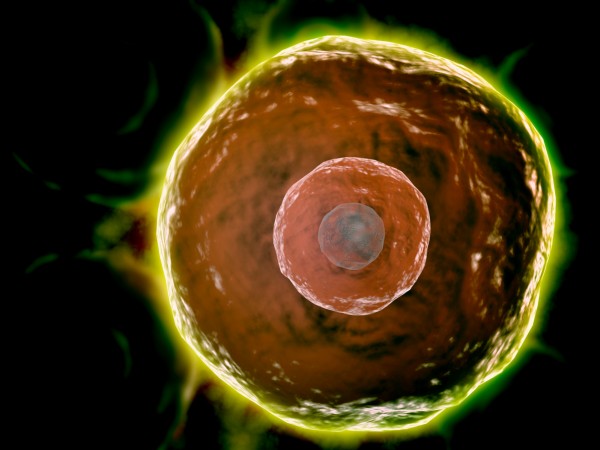Article successfully added.
CyFlow™ CD20 Biotin

| Application: | Flow cytometry |
| Clonality: | monoclonal |
| Target Species: | Human, Non-Human Primates |
| Regulatory Status: | RUO |
| Isotype: | IgG2b |
| Source Species: | Mouse |
| Field of Interest: | Immunophenotyping, Signaling |
| Format/Fluorochrome: | Biotin |
| Antigen: | CD20 |
| Alternative Name: | B1, Bp35 |
| Clone: | 2H7 |
| Order number: | BQ701384 |
For Research Use Only
Not for use in diagnostic or therapeutic procedures.
HLDA Workshop HLDA IV—WS Code B201 Concentration Unit mg/mL Concentration 1... more
Product information "CyFlow™ CD20 Biotin"
| HLDA Workshop | HLDA IV—WS Code B201 |
| Concentration Unit | mg/mL |
| Concentration | 1 |
| Quantity | 0.1 mg |
| Volume | 0.1 mL |
| Immunogen | Human tonsillar B cells |
| Background Information | CD20 (B1, Bp35) is a cell surface 33-37 (depending on the degree of phosphorylation) kDa non-glycosylated surface phosphoprotein expressed on mature and most malignant B cells, but not stem cells or plasma cells (low number of the CD20 has been also detected on a subpopulation of T lymphocytes and it can be expressed on follicular dendritic cells). Its expression on B cells is synchronous with the expression of surface IgM. CD20 regulates transmembrane calcium conductance (probably functioning as a component of store-operated calcium channel), cell cycle progression and B-cell proliferation. It is associated with lipid rafts, but the intensity of this association depends on extracellular triggering, employing CD20 conformational change and/or BCR (B cell antigen receptor) aggregation. After the receptor ligation, BCR and CD20 colocalize and then rapidly dissociate before BCR endocytosis, whereas CD20 remains at the cell surface. CD20 serves as a useful target for antibody-mediated therapeutic depletion of B cells, as it is expressed at high levels on most B-cell malignancies, but does not become internalized or shed from the plasma membrane following mAb treatment. |
| Usage | The reagent is designed for indirect immunofluorescence analysis by Flow Cytometry. Working concentrations should be determined by the investigator. |
| Storage Buffer | The reagent is provided in phosphate buffered saline (PBS) solution, pH ≈7.4, containing 0.09% (w/v) sodium azide. |
| Storage | Avoid prolonged exposure to light. Store in the dark at 2-8°C. Do not freeze. |
| Stability | Do not use after expiration date stamped on vial label. |
Similar products
FITC
CyFlow™ CD1a FITC
| Antigen: | CD1a |
| Clone: | SK9 |
| Application: | Flow cytometry |
| Regulatory Status: | RUO |
| Target Species: | Human | Quantity: | 100 tests |
PE
CyFlow™ CD1a PE
| Antigen: | CD1a |
| Clone: | SK9 |
| Application: | Flow cytometry |
| Regulatory Status: | RUO |
| Target Species: | Human | Quantity: | 100 tests |
APC
CyFlow™ CD1a APC
| Antigen: | CD1a |
| Clone: | SK9 |
| Application: | Flow cytometry |
| Regulatory Status: | RUO |
| Target Species: | Human | Quantity: | 100 tests |
Purified
CyFlow™ CD1a Purified
| Antigen: | CD1a |
| Clone: | SK9 |
| Application: | Flow cytometry, Immunoprecipitation |
| Regulatory Status: | RUO |
| Target Species: | Human | Quantity: | 0.1 mg |
FITC
CyFlow™ CD1b FITC
| Antigen: | CD1b |
| Clone: | SN13 |
| Application: | Flow cytometry |
| Regulatory Status: | RUO |
| Target Species: | Human | Quantity: | 100 tests |
Purified
CyFlow™ CD1b Purified
| Antigen: | CD1b |
| Clone: | SN13 |
| Application: | Flow cytometry, Immunohistochemistry, Immunoprecipitation |
| Regulatory Status: | RUO |
| Target Species: | Human | Quantity: | 0.1 mg |
PE
CyFlow™ CD1c PE
| Antigen: | CD1c |
| Clone: | L161 |
| Application: | Flow cytometry |
| Regulatory Status: | RUO |
| Target Species: | Human | Quantity: | 100 tests |
Purified
CyFlow™ CD1c Purified
| Antigen: | CD1c |
| Clone: | L161 |
| Application: | Flow cytometry, Immunohistochemistry, Immunoprecipitation |
| Regulatory Status: | RUO |
| Target Species: | Human | Quantity: | 0.1 mg |
